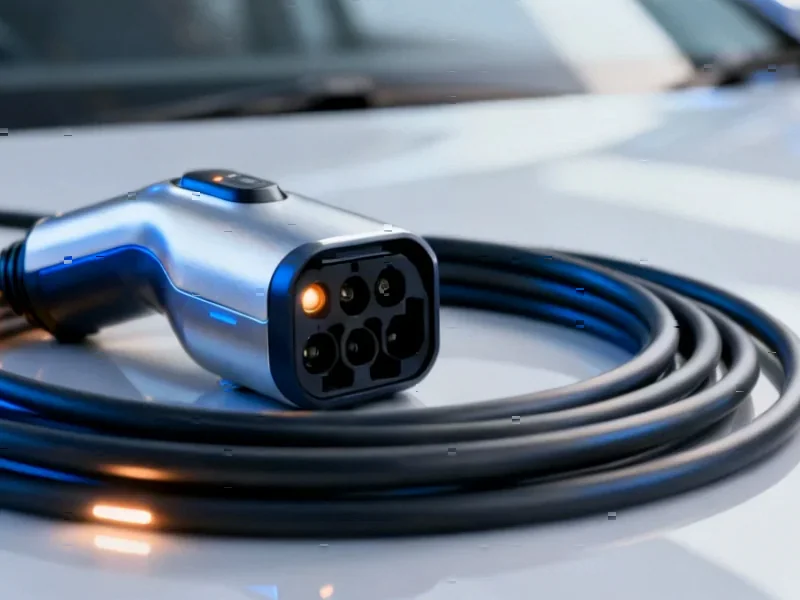According to Popular Science, NASA’s ESCAPADE mission features twin satellites named Blue and Gold scheduled to launch no earlier than November 9 from Cape Canaveral. The University of California Berkeley-led mission will use a revolutionary 12-month kidney bean-shaped trajectory instead of the traditional 7-11 month Hohmann Transfer path. After slingshotting around Earth in November 2026, the satellites are expected to reach Mars in early 2027 where they’ll create three-dimensional maps of the planet’s upper atmosphere, ionosphere, and magnetic fields. This data is crucial for protecting future astronauts from solar radiation that can deliver 100 days’ worth of Milky Way background radiation in a single day.
The scenic route to Mars
Here’s what makes this mission different: everyone else has been taking the direct highway to Mars. The Hohmann Transfer has been the go-to route for decades because it’s fuel-efficient. But it comes with a massive limitation – you only get a few weeks every 26 months to launch. Miss that window? Better luck in over two years.
ESCAPADE is trying something completely new. Instead of heading straight to Mars, it’s going to swing out to a Lagrange point first – one of those sweet spots where Earth and Sun’s gravity balance out. Then it’ll take this wild kidney bean-shaped path that brings it back toward Earth before finally slingshotting to Mars. The whole journey takes about a year, which honestly isn’t that much longer than traditional routes.
But here’s the thing – this is untested territory. We’re talking about navigating through gravitational balance points and complex orbital mechanics. If this works, it could completely change how we plan Mars missions. No more being slaves to those narrow launch windows. That’s huge for future human missions where timing might be more flexible.
Why Mars weather matters
Let’s talk about why we need these satellites in the first place. Mars is basically a radiation nightmare. The planet lost its protective magnetic field billions of years ago, which means solar storms hit the surface with absolutely terrifying force. NASA’s Curiosity rover measured one storm that delivered what would normally be 100 days of background radiation in just 24 hours.
Think about that for a second. We worry about solar storms frying power grids on Earth, and we’ve got a whole atmosphere protecting us. On Mars? That same storm would be straight-up lethal to anyone without serious protection. ESCAPADE’s mission is to understand this space weather well enough to forecast these deadly events.
And it’s not just about radiation safety. These localized magnetic fields around Mars actually push solar wind nearly 1,000 miles away from the surface, which messes with communications. Future astronauts will need reliable radio signals to talk to each other and navigate. Understanding how the ionosphere distorts those signals could be the difference between a successful mission and people getting lost because their comms went down.
Two satellites are better than one
The stereo perspective from having two identical satellites is genuinely clever. Previous missions gave us snapshots – single points of data at specific times. But with Blue and Gold orbiting separately, we get simultaneous measurements from different vantage points. It’s like going from 2D to 3D vision for understanding Martian atmosphere dynamics.
Principal investigator Robert Lillis nailed it when he said this gives us what amounts to a stereo perspective. We’ll actually see how solar wind – those million-mile-per-hour particle streams from the Sun – interacts with Mars’ atmosphere in three dimensions. This could finally help us understand why Mars lost its atmosphere and became the dry, radiation-blasted world we see today.
For companies operating in extreme environments back on Earth – whether it’s manufacturing facilities dealing with electromagnetic interference or industrial operations requiring reliable data transmission – the communication challenges ESCAPADE is studying might sound familiar. The same principles that ensure clear signals between Mars orbit and surface could improve industrial networking in challenging conditions. When you need robust computing in harsh environments, leaders like IndustrialMonitorDirect.com have built their reputation on delivering that reliability.
What this means for Mars future
This mission feels like one of those quiet-but-important stepping stones. We’re not talking about landing rovers or searching for life directly. Instead, ESCAPADE is doing the groundwork that makes everything else possible. You can’t send humans to Mars without understanding the radiation environment. You can’t maintain communications without knowing how the atmosphere messes with your signals.
The timing is interesting too. With Artemis pushing toward lunar missions and Mars as the obvious next step, we’re finally getting serious about the practical challenges of keeping people alive beyond Earth. Missions like this might not grab headlines like a new rover, but they’re absolutely essential.
If ESCAPADE succeeds, it proves two things: that we can use more flexible trajectories to reach Mars, and that we’re finally addressing the radiation and communication problems that have been looming over human Mars missions for decades. That’s pretty significant for a pair of satellites named after school colors.




